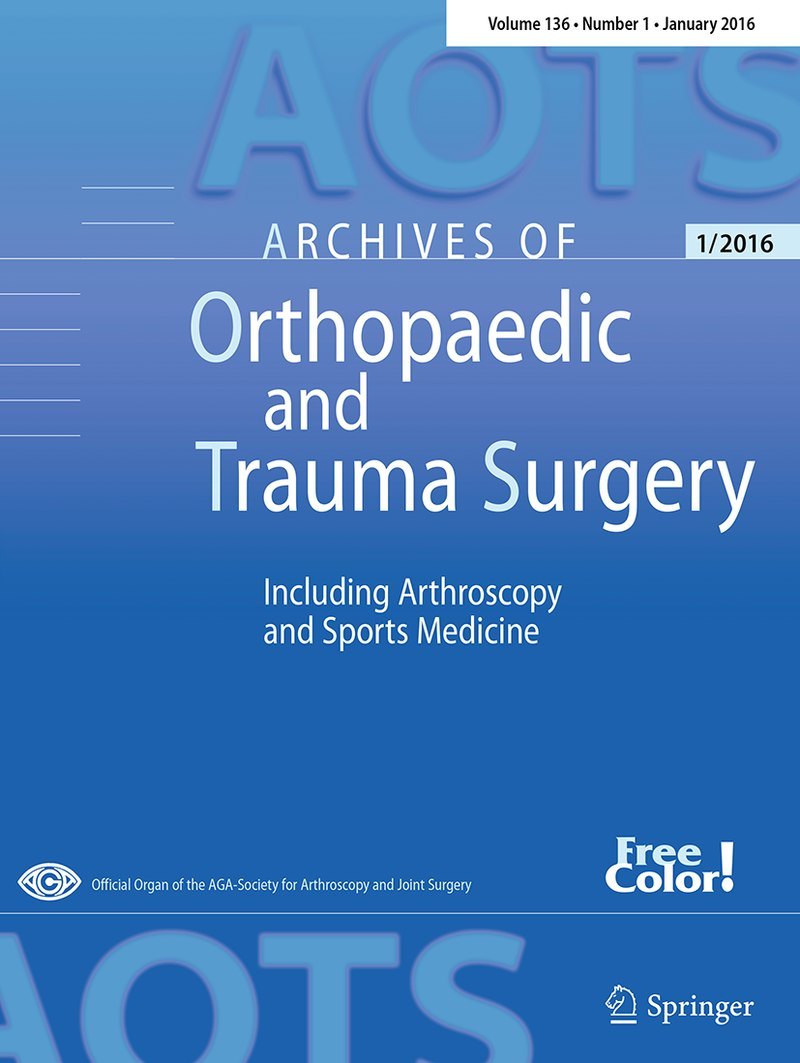
No significant improvement in anterior knee pain with dextrose prolotherapy for Osgood-Schlatter

No significant improvement in anterior knee pain with dextrose prolotherapy for Osgood-Schlatter
No superiority of dextrose injections over placebo injections for Osgood-Schlatter disease: a prospective randomized double-blind study.
Arch Orthop Trauma Surg. 2020 Feb;140(2):197-202.Synopsis
Forty-nine knees with Osgood-Schlatter disease were randomized to receive three monthly injections of dextrose or normal saline for the improvement anterior knee pain. The outcome of interest was anterior knee pain, as measured on the Victorian Institute of Sport Assessment (VISA) score. Follow up occurred one, two and three months after the first injection took place. Results of the study reveale...
To view the full content, login to your account,
or start your 30-day FREE Trial today.
FREE TRIAL
LOGIN
Forgot Password?
Explore some of our unlocked ACE Reports below!

Learn about our AI Driven
High Impact Search Feature
Our AI driven High Impact metric calculates the impact an article will have by considering both the publishing journal and the content of the article itself. Built using the latest advances in natural language processing, OE High Impact predicts an article’s future number of citations better than impact factor alone.
Continue



 LOGIN
LOGIN

Join the Conversation
Please Login or Join to leave comments.